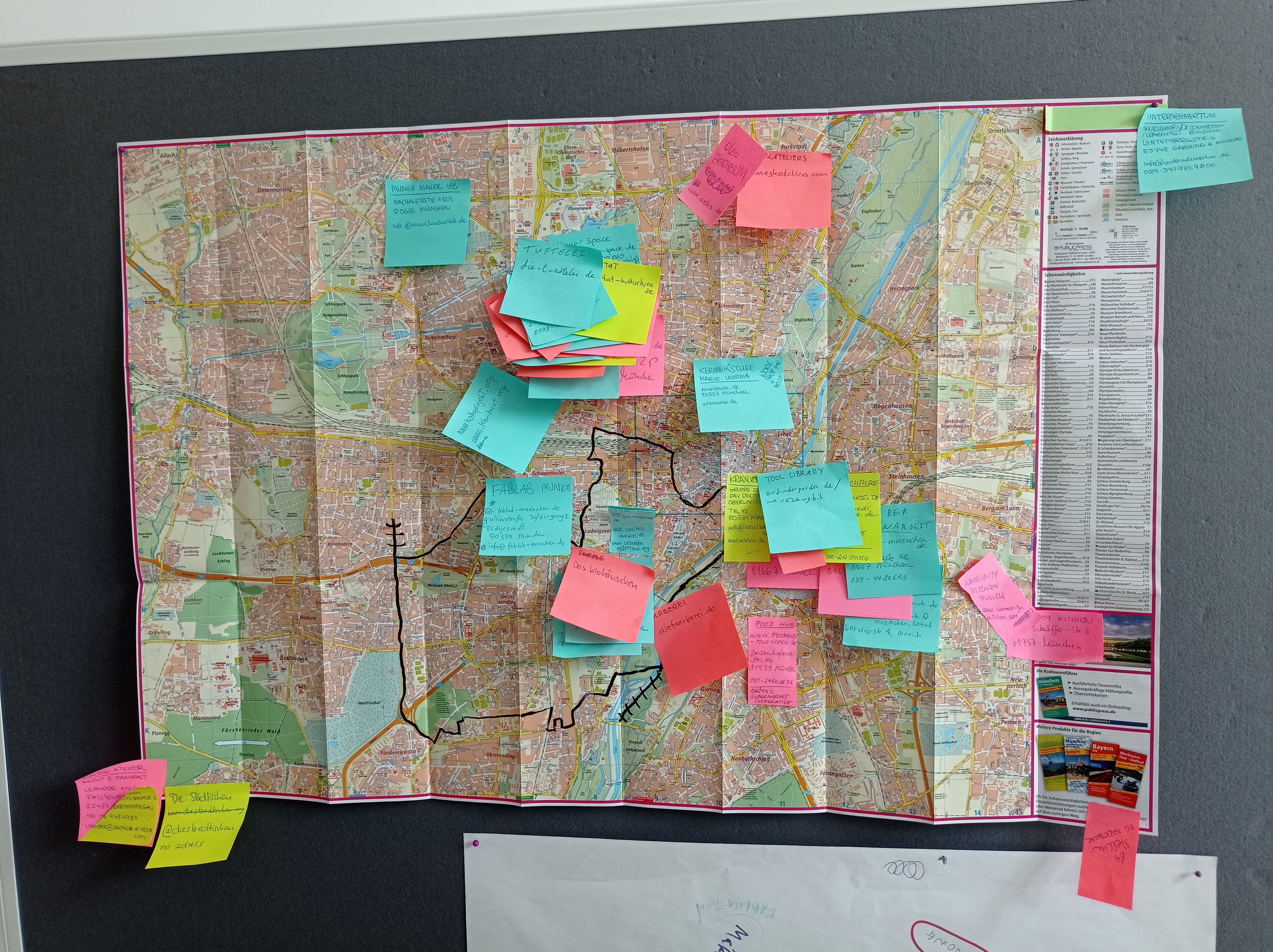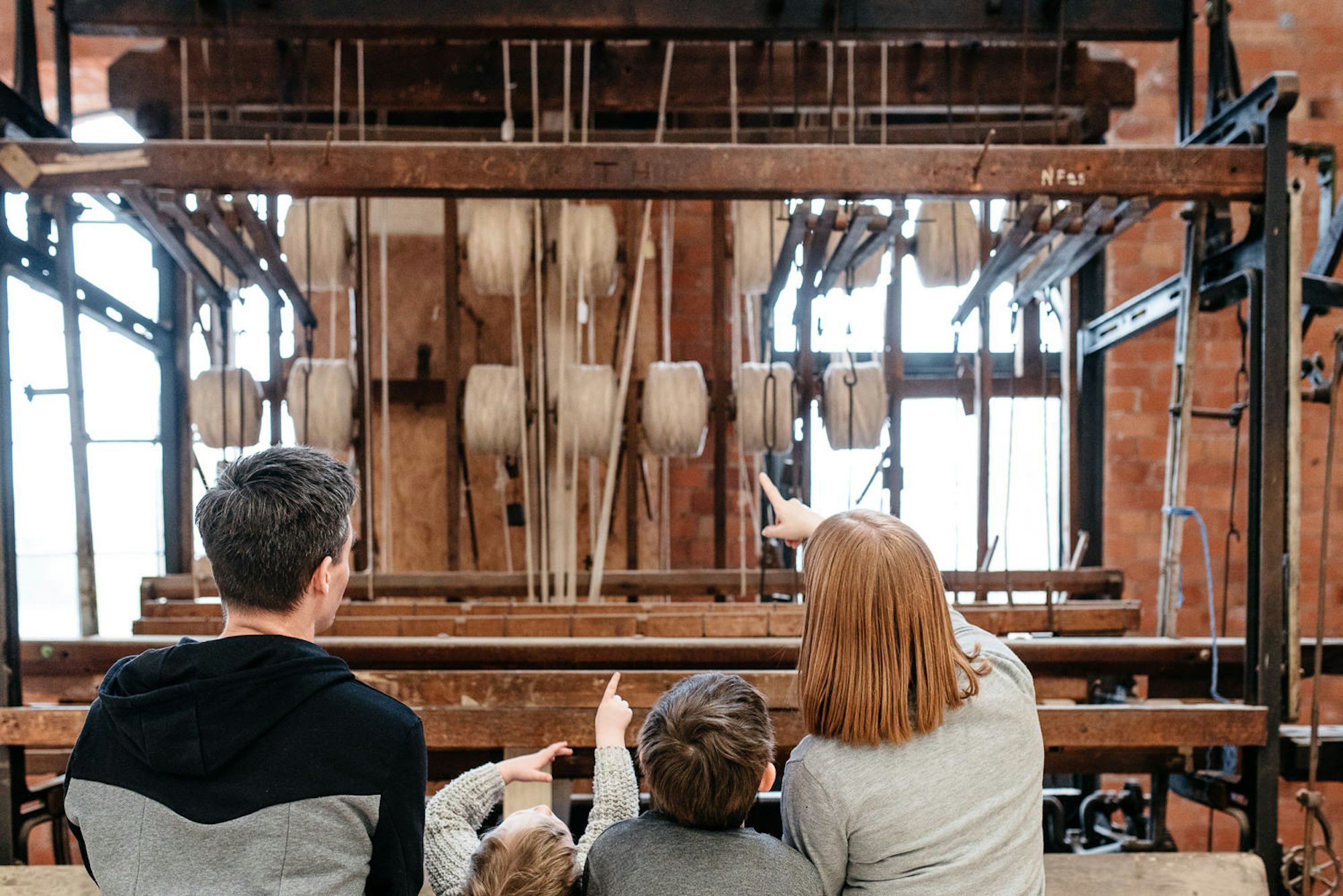Day 5: The Make Works Christmas Countdown

For the Make Works Christmas Countdown this year, we will be telling you a bit about different materials each day, with suggestions about where you can work with it in Scotland.
Day 5: Rubber
Did you know that that super stretchy, resilient material used in products such as balloons, hot water bottles, waterproof shoes, wetsuits and hoses actually comes from trees?
Discovered in the 1700’s, natural rubber comes from a sticky, milky liquid called latex which oozes from certain plants when you cut into them. There are around 200 plants that produce latex, but most rubber is harvested from Hevea brasiliensis trees in Brazil. This is then rolled and dried before use.
Today, rubber is made in two ways. Natural rubber is still harvested in Far Eastern countries such as Malaysia and Indonesia. However, as natural rubber does begin to dry out and crumble over time it needs to be vulcanised (using sulphur and white lead) before it can be used in common longer lasting applications such as tyres or welly boots.
In addition, there are not enough natural rubber trees to meet worldwide demand. This is why synthetic rubbers such as neoprene are also manufactured using petrochemicals (making them a close neighbour of plastics); primarily in countries like Germany, the United States and Russia.
The extremely waterproof qualities of vulcanised rubber make it the key material used to make rubberized, Macintosh coats. Invented in Scotland in 1823, a vulcanised rubber version of these are still made in Cumbernauld, Scotland by Hancock VA.
For artists and designers interested in using rubber, there are a multitude of ways that it can be used. Often rubber is used in moulding and casting; both to make rubber objects and to create moulds for other materials such as wax or metal.
More industrially, rubber might be injection moulded or extruded. Thin forms of rubber; such as Marigold gloves or balloons can also be made by dipping moulds into baths of thin latex. For a rubber coating, latex forms of rubber can be painted onto a surface. Sheets of rubber are also die cut, pattern cut and laser cut for applications such as gaskets or rubber stamp making.

In Scotland you can buy rubber that you might use to make a mould for casting at suppliers such as AllScot. You can have rubber die cut at gasket manufacturer William Johnston. For laser cutting rubber try Hobarts.
For more information about manufacturing using rubber in Scotland you can also look at the Scottish Rubber and Plastics Association.
Categories
Article
Related stories
Why Make Work Locally
Alan Moore and Ten30 Fashion
Tips for Manufacturing in Scotland
A Life in Lace
In the Belly of the Beast: my one year manufacturing for Coca Cola







